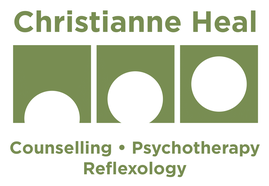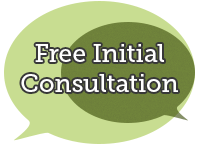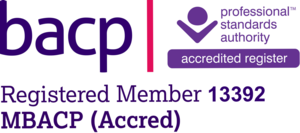Relexology - a quick guide
Certainly reflex zone therapy, given its full name, has a long pedigree. Something similar was known in India and China around 5,000 years ago while the ancient Egyptians, North American Indians, and early Eastern European healers also used it.
The current revival owes its beginnings to an American doctor, William Fitzgerald, who practised at the beginning of the last century. His theories were further developed by fellow American Eunice Ingham, whose teachings are carried on by the International Institute of Reflexology which has branches in Europe, South Africa, Australia, Israel and North America. Further impetus was given by Hannah Marquardt, a nurse, physiotherapist and naturopath from Germany. Her International School of Reflex Zone Therapy, founded in 1958, now has branches in Europe, South Africa and Israel.
Many practitioners are convinced that in many cases reflexology is just as effective as expensive drugs, while skilled practitioners may be open to spot potential disease long before sophisticated diagnostic technology.
The theory behind reflexology is that certain areas on and around the soles of the feet link to glands and organs in the corresponding half of the body in a series of imaginary longitudinal lines. If a line is blocked - and therapists say they can often feel crystalline deposits in the foot indicating problems - massage will open up these energy channels again. The initial reaction may be uncomfortable, but treatment should stimulate the body's own self-healing capacity and restore its true balance.
Reflexology can aid a whole range of disorders connected with digestive, reproductive, respiratory, lymphatic and nervous systems. It is also used to treat problems with the kidneys and bladder, the heart and circulatory system, ears and eyes, and muscular troubles. While it cannot cure major diseases such as chronic arthritis or multiple sclerosis, many sufferers find reflexology gives them relief from pain.
Finally like all massage therapies it soothes away tensions that may have as much to do with the patient's illness as the physical manifestations.
This article originally appeared in 'Healthy Living' magazine



